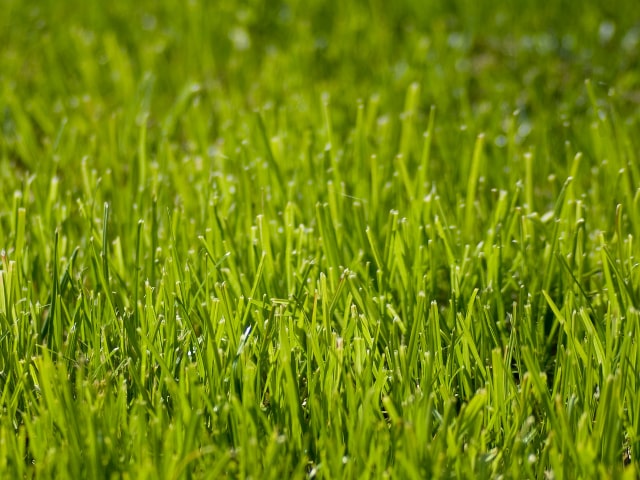
You've probably noticed that the grass or turf in sports stadiums always look gorgeous. It's largely due to professional care. These professionals know how to take care of lawns that go through lots of stress during sports games. Despite this stress, the grass in stadiums usually look amazing.
Many people wonder how to achieve the same quality of grass on their own lawn. in order to achieve the same effect on your lawn and to make your grass as beautiful as the one that can be found on stadiums, you should follow professional lawn care tips and advice. A lot of what groundskeepers do to protect the lawns on stadiums can be used in a home lawn.
Professional Lawn Care Tips
The first thing you need to know is that the lawn should be able to take all the stress you put on it. In the case of a stadium, that's the stress of having multiple players running up and down the grass during sports games. In the case of a family lawn, that's the stress of you, your children and your pets walking and running on the lawn. A good lawn should be able to handle all this stress.
Is it possible to have such a lawn? Yes, it is. However, it's important to understand that such a lawn has to be grown. In order to achieve it, it's vital to apply suitable watering and fertilizing regimes. These two maintenance practices are a key to success when it comes to lawn care. These are what separate a nice lawn from a great one.
Lawn Watering
When it comes to watering, a lawn will "tell" you on its own when it's time to water it. There are several important signs telling you that watering should be done immediately. These signs are:
- Loss of green luster
- Grass blades curling (to conserve moisture)
- Grass blades not bouncing back after walking on them
- Brown patches showing on the lawn
When you notice these signs, it's time to water your lawn. You need to keep in mind that established lawns have to be watered only when they are dry. It's not easy to tell how often you have to water your lawn because it depends on many factors, including the soil type or weather conditions.
Also, keep in mind that grass growing in shaded areas near trees often requires more moisture because the tree is soaking it all up.
When it comes to watering, it's best to be done early in the morning. It will allow the water more time to reach the root system and the grass to dry. That will reduce the potential diseases (such as fungus).
When watering, remember to do it deeply and infrequently. It's important to focus on growing roots. Healthy root growth is important so you need to supply enough water to these roots. By focusing on roots you will also save some water because you won't waste it on every inch of your lawn.
Also, make sure to use deep watering. It encourages deep roots. If you use short, frequent watering cycles you are encouraging a shallow root system.
It's best to water the lawn until the moisture reaches 6 to 8 inches into the soil. How will you know? You need to test it by poking a long screwdriver into the soil after watering. It's also a good idea to have sprinkler patterns overlap.
Most grass needs about 1 to 2 inches of water per week, including waterfall. Take weather conditions into account and add more water only if necessary.
Lawn Fertilizing
Another important thing you need to apply is regular feeding. All plants (here including grass) need 16 basic elements to grow. These elements are broken into 3 basic groups:
- Macronutrients. These are nitrogen, phosphorus, and potassium. They are also known as the "big three". These elements are represented on the fertilizer bags in the form of numbers. These elements are the essential for proper plant growth.
- Secondary nutrients. These are calcium, magnesium, and sulfur. These elements are typically found in the soil in large quantities.
- Micronutrients. These are iron, zinc, manganese, copper, molybdenum, boron, and chlorine. These elements are also typically found in the soil.
Some of these elements can be found directly in the soil while others need to be applied using a fertilizer. As you can see above, most secondary nutrients and micronutrients can be found directly in the soil. Macronutrients, on the other hand, have to often be applied using a fertilizer.
Before applying any fertilizer, it's important to have your soil tested. It will reveal the soil pH level and its organic material, nutrient levels and soil make-up. This way, you will be able to tell which elements you need to add with a fertilizer.
When to fertilize? It's best to fertilize your lawn when the grass is dry. Apply the fertilizer and water it in. This will knock it off the grass blades and put it down, into the soil.
When it comes to the best time of the year to apply fertilization, that will mainly depend on the grass type:
- Cool-season grasses will usually have the fertilizer applied in spring and fall.
- Warm-season grasses will benefit from fertilizing in late spring or in the summer.
Regardless of the type of the grass on your lawn it's important to fertilize before the grass enters in the period of active growth.
How often to fertilize? There doesn't seem to be a consensus over this. It's safe to say that one feeding per season is a minimum. If you have a low-maintenance lawn, you need to fertilize it once or twice per year. This is enough, though your grass will not be particularly green or lush. For the best effects, you should fertilize more. High-maintenance lawns need more fertilizer appliances, even once per month during the growing season.
For successful fertilization it's important to know the grass type on your lawn and its needs: type of nutrients it needs, the quantity it needs and also when the water needs to be applied for the best effect.
You may use both commercial and organic fertilizers. Organic fertilizers are eco-friendly and usually more affordable. They feed the soil and grass slowly. Some of the most common ones are sludge (Milorgranite), compost, manure, seaweed and rock powders. These fertilizers promote the multiplication of the helpful microorganisms in the soil. Their downside is that they have lower nitrogen levels, which means your lawn will require more of the fertilizer. This can make it a more expensive option.
Lawn Mowing
The final thing to keep in mind for a successful lawn care is mowing. Mowing on a regular basis will make the lawn look neat and beautiful. However, it has its bad side. Cutting the grass blade will make the root system stop growing temporarily. This will limit the ability of the grass to absorb water and nutrients. It can also make the root system weaker and as a result, the grass can become more susceptible to weeds and diseases.
For the most successful and harmless mowing, it's best to follow the 1/3 rule: never cut more than 1/3 of the grass. If you follow this recommendation you will have a neat lawn without damaging the grass and its roots in the process.
Photo credit: Pea Chesh
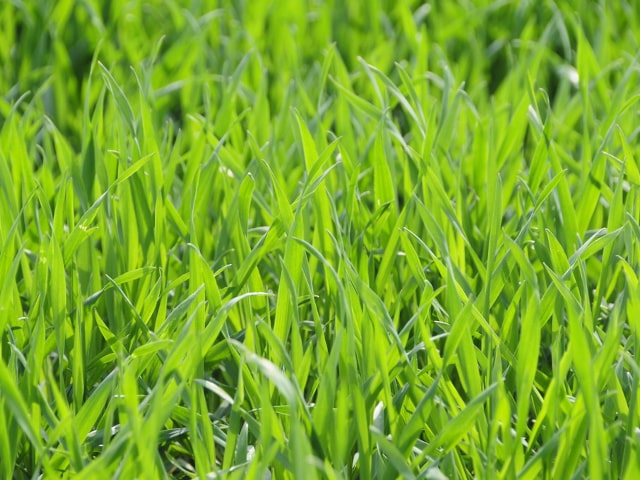
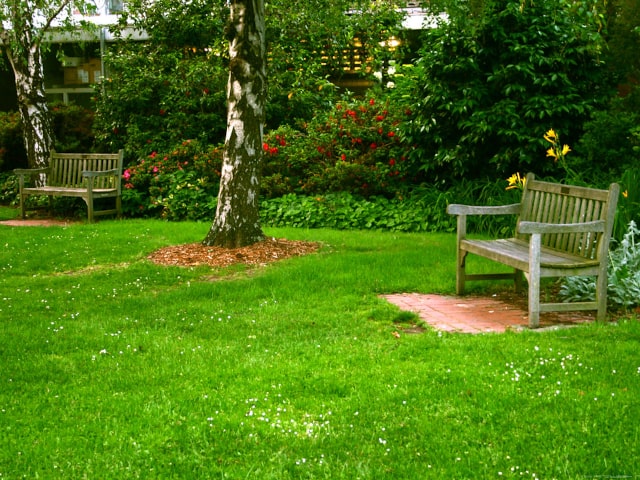
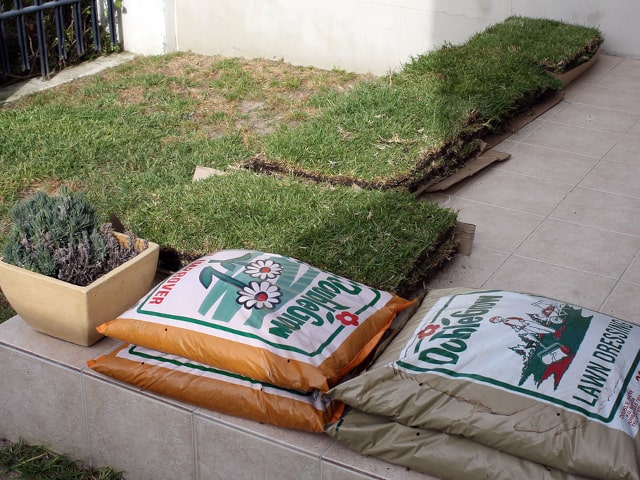
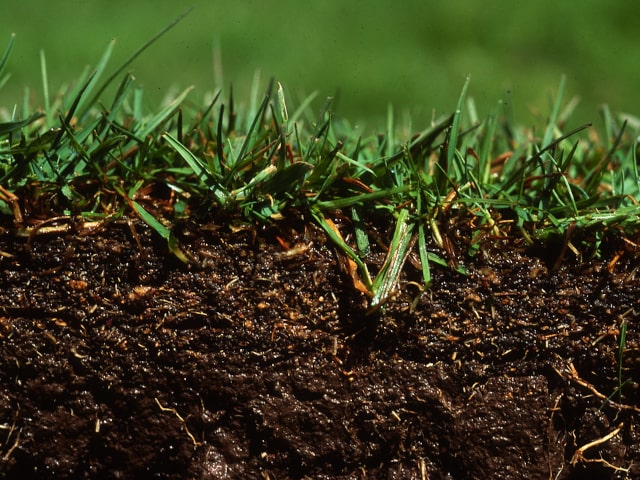
1 Comments
I am retired now and have plenty of time to take care of lawn. Problem is my lawn has weeds a huge bare spot and after seeding it, after three weeks the growth was very poor. I need info.